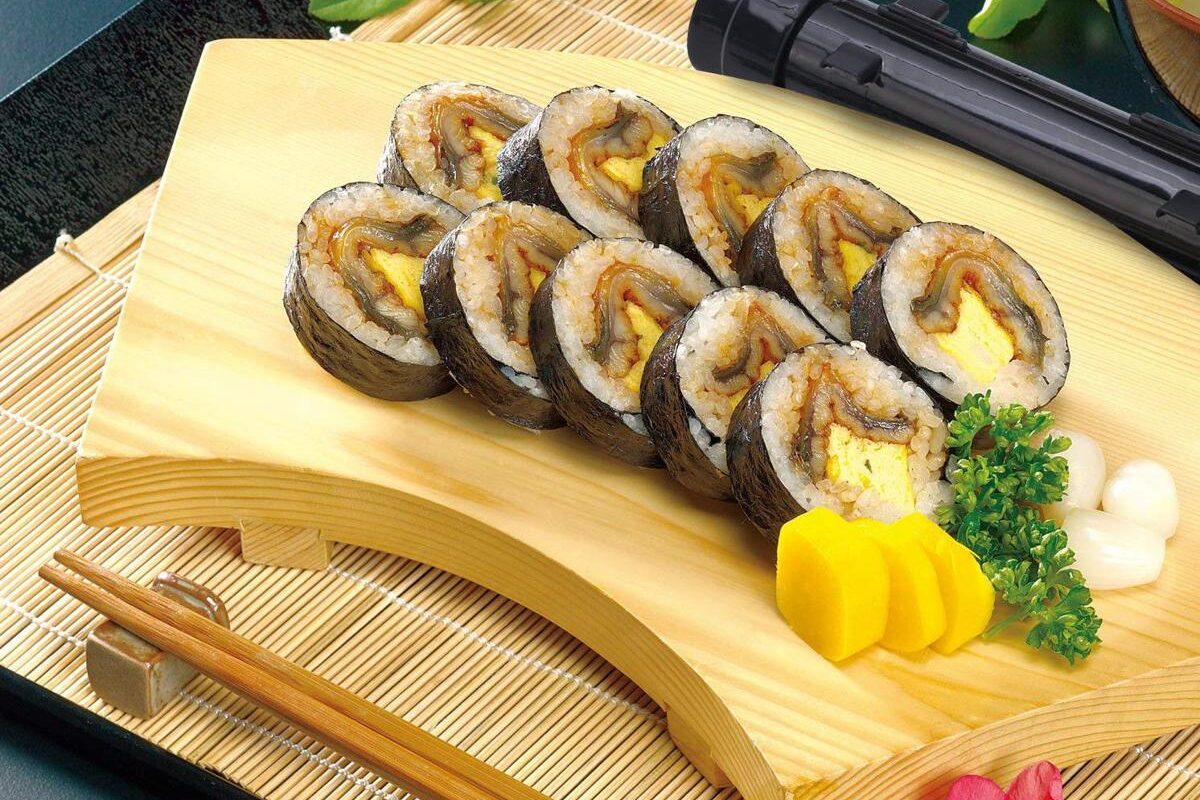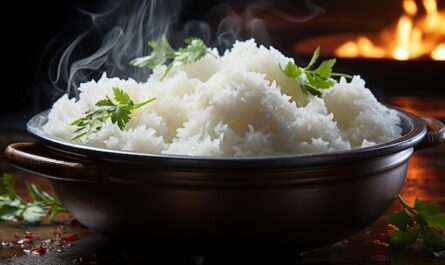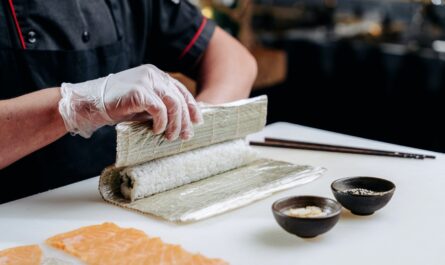Sushi is a beloved dish enjoyed by many across the globe. A crucial aspect of making delicious sushi lies in perfecting the rice. It’s the soul of the dish and mastering the art of how to cool sushi rice properly can greatly enhance your sushi-making skills. Whether you’re a home cook or an aspiring sushi chef, this tutorial will guide you through the essential steps of cooling sushi rice with precision and care.

What Makes Sushi Rice Unique?
Sushi rice, known as shari or sushi-meshi, is not just any rice. It requires a particular texture and flavor, achieved by using short-grain Japanese rice which is seasoned with a mixture of vinegar, sugar, and salt. Once cooked, knowing how to cool sushi rice properly is imperative to maintain its quality and prepare it for sushi rolls.
Essential Ingredients for Sushi Rice
To make the perfect sushi rice, you will need the following ingredients:
- Short-grain Japanese rice
- Rice vinegar
- Sugar
- Salt
Tools You’ll Need
- Rice cooker
- Wooden cutting board or hangiri
- Wooden spatula
- Fan or electric fan
Cooking Sushi Rice
Begin by rinsing the rice thoroughly under cold water until the water runs clear. This removes excess starch and helps in achieving the perfect sticky consistency required for sushi. Once rinsed, cook the rice in a rice cooker by following this simple guide on cooking sushi rice using electric sushi making machines.
The Art of Seasoning
While your rice is still hot, mix together vinegar, sugar, and salt in a separate bowl until dissolved. Pour this mixture over the rice and gently fold in with a wooden spatula.
Why Cooling Sushi Rice is Important
For sushi rice to achieve the ideal shine and texture, proper cooling is critical. If sushi rice is not cooled correctly, it could become overly sticky or mushy, impacting the overall taste and presentation of your sushi. Cooling the rice properly helps in setting the grains while maintaining the perfect balance of acidity and sweetness.
Step-by-Step Guide on How to Cool Sushi Rice
Use a Wooden Board
Transfer the seasoned rice onto a wooden cutting board or hangiri as it aids in absorbing excess moisture that could result in soggy rice.
Gently Spread the Rice
Use a wooden spatula to evenly spread out the rice across the board, allowing for better cooling.
Fanning is Key
As soon as the rice is spread out, begin fanning it. This can be done with a handheld fan or an electric fan, which helps quicken the cooling process and adds a beautiful gloss to the rice.
Consistency is Crucial
While cooling, frequently toss the rice to ensure even cooling throughout. This will keep the grains from gathering excessive moisture, maintaining the intended texture of the rice.
Common Mistakes to Avoid
Many make the mistake of skipping or hurriedly performing the cooling process. It’s important not to cover the rice while it cools as it traps steam, making the rice soggy. Avoid placing hot rice directly into the refrigerator as it alters the texture and taste.
Applications Beyond Sushi
Cooling sushi rice properly isn’t only essential for making delectable sushiit’s also key for crafting other classic Japanese dishes like chirashizushi or inari sushi.
Maintain Sushi Consistency
Once you master the technique of cooling sushi rice correctly, you’ll notice a significant improvement in your sushi consistency, ensuring a better taste and experience for your guests.
Conclusion
Cooking and cooling sushi rice may seem daunting at first, but with proper technique and patience, anyone can master it. Remember, the key lies in gently cooling your seasoned rice to strike the perfect balance in your dish. For more details on preparing related components for a perfect sushi meal, explore tips on using pressure cookers for side dishes.

Frequently Asked Questions
What type of rice is used for sushi?
For sushi, short-grain Japanese rice is recommended due to its sticky nature, which is crucial for sushi rice preparation.
Can I use a metal spoon to mix sushi rice?
It’s preferable to use a wooden spatula to avoid damaging the rice grains and to allow better absorption of the seasoning.
Why shouldn’t I refrigerate hot sushi rice?
Refrigerating hot sushi rice can alter its texture, making it harder and less pleasant in terms of flavor and consistency.
For additional insights on enjoying sushi dishes globally, check out this helpful article on proper sushi-eating etiquette.
This article contains affiliate links. We may earn a commission at no extra cost to you.




